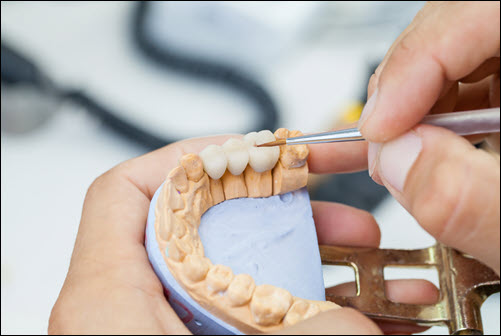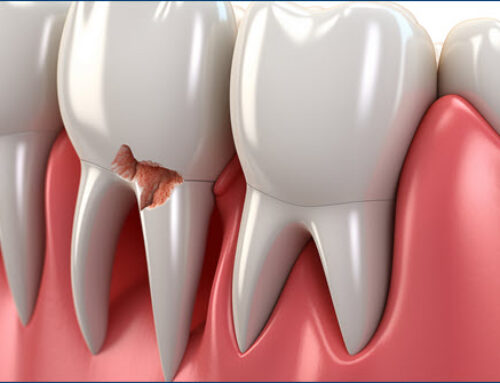A gap in your smile can be more than just a cosmetic issue; it can lead to problems with eating, speaking, and overall oral health. Dental bridges are a popular solution for replacing missing teeth, restoring both the look of your smile and its functionality. Let’s take a closer look at how they work and their impact on your oral health.
Dental bridges enhance quality of life by replacing missing teeth, restoring both function and aesthetics.
They also prevent remaining teeth from shifting, maintaining proper alignment and bite. They fill gaps and maintain facial structure to prevent the sunken appearance that occurs with missing teeth. Additionally, they boost confidence and self-esteem by providing a complete, natural-looking smile.
How They Work
 Dental bridges are used to replace one or more missing teeth. Crowns attached to adjacent teeth (abutments) hold a false tooth, called a pontic. The pontic is typically made of porcelain to mimic the appearance of natural teeth.
Dental bridges are used to replace one or more missing teeth. Crowns attached to adjacent teeth (abutments) hold a false tooth, called a pontic. The pontic is typically made of porcelain to mimic the appearance of natural teeth.
The Impact on Oral Health
Dental bridges offer several important benefits:
- They improve your smile’s appearance, giving you the confidence to show off your teeth.
- They restore proper chewing and speaking.
- They distribute the forces in your bite properly, preventing other teeth from drifting out of position.
If you’re considering a dental bridge, it’s important to maintain good oral hygiene and visit your dentist regularly to ensure the longevity of your bridge and the health of your surrounding teeth. Dental bridges can be a great way to enhance your smile and improve your oral health.


